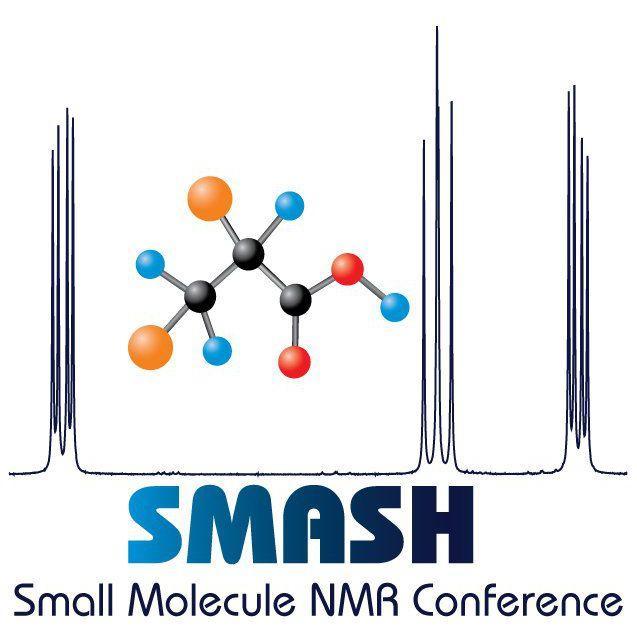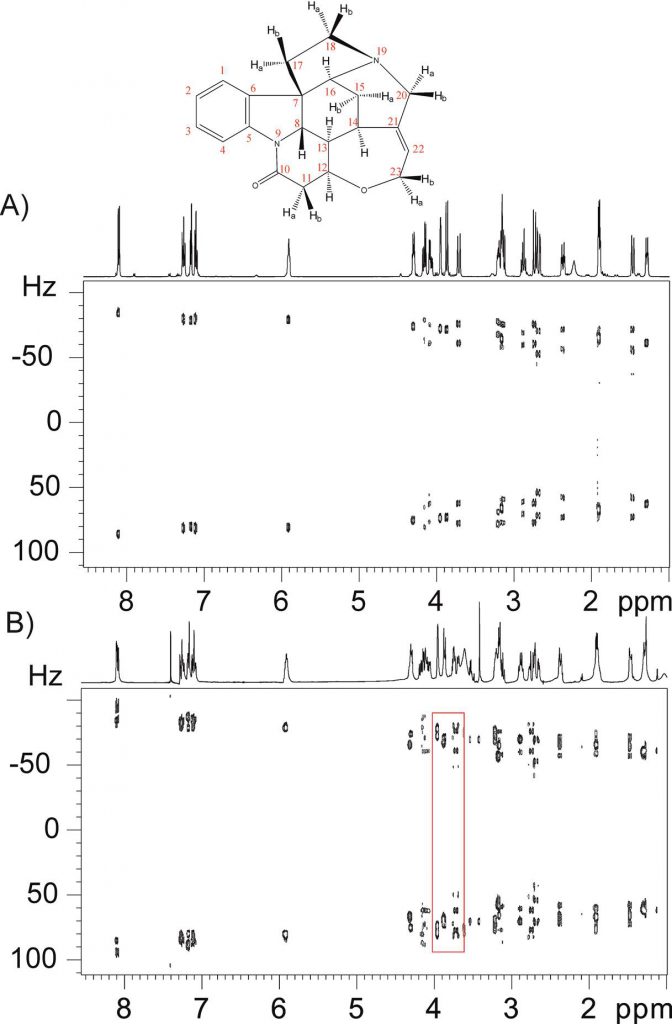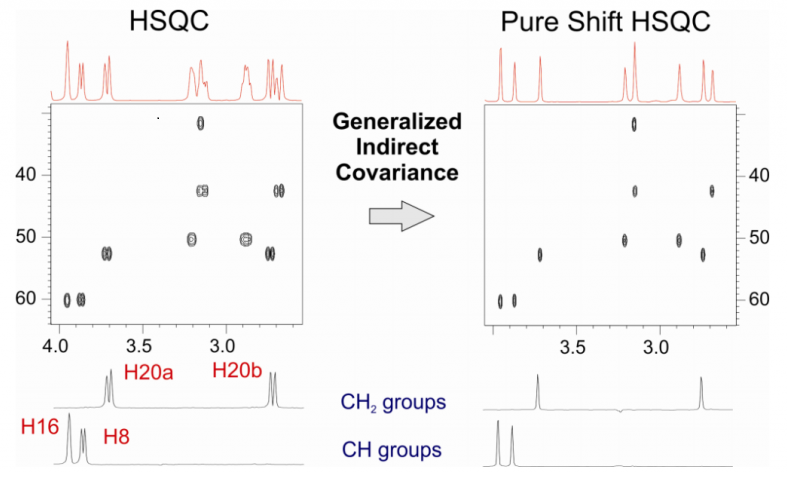Some of our last research works has been presented at the  annual meeting of the SmallMolecule NMR Conference (SMASH) that has been taken place in La Jolla (USA) from 11thto 14thSeptember 2016.
annual meeting of the SmallMolecule NMR Conference (SMASH) that has been taken place in La Jolla (USA) from 11thto 14thSeptember 2016.
Teodor Parella presented two posters.
“In situ determination of 1DCH and 2DHH RDCs from a single 1JCH/2JHH -resolved NMR measurement” of Núria Marcó García, Roberto R. Gil and Teodor Parella.
Abstract: A fast RDC-assisted strategy involving the simultaneous determination of isotropic (scalar) and anisotropic (total) interactions is reported. The concerted use of individual 1DCH for all CHn multiplicities and 2DHH obtained from a single 1JCH/2JHH-resolved NMR spectrum offers an unambiguous assignment of diastereotopic protons and an efficient discrimination between all eight possible diastereoisomeric structures of strychnine which contains six stereocenters.

“Pure shift NMR covariance” of André Fredi, Pau Nolis, Carlos Cobas, Gary E. Martin, Teodor Parella.
Abstract: The development of novel experimental strategies to significantly enhance signal resolution by broadband homodecoupling is a current topic of high interest in 1H NMR spectroscopy . A number of different building blocks have been implemented into 1D and 2D homo- and heteronuclear experiments in order to provide resolution-enhanced pure chemical shift 1H NMR spectra, where signals appear collapsed to singlets. On the other hand, Covariance processing methods have been used to generate challenging NMR spectral representations . We present here the first attempts towards a general solution to generate Pure Shift NMR spectra by using Generalized Indirect Covariance (psGIC) co-processing3,4 . The current strategy is based on the calculation of a new 2D psGIC spectrum from the combination of a parent homo- or heteronuclear spectrum and a reference 2D F1-homodecoupled 1H- 1H correlation spectrum only showing diagonal cross-peaks (DIAG), which share a common 1H frequency dimension. Using psGIC, the F1 dimension in the DIAG spectrum is transferred to the F2 dimension of the parent spectrum, thus generating a new pure shift 2D spectrum
